|
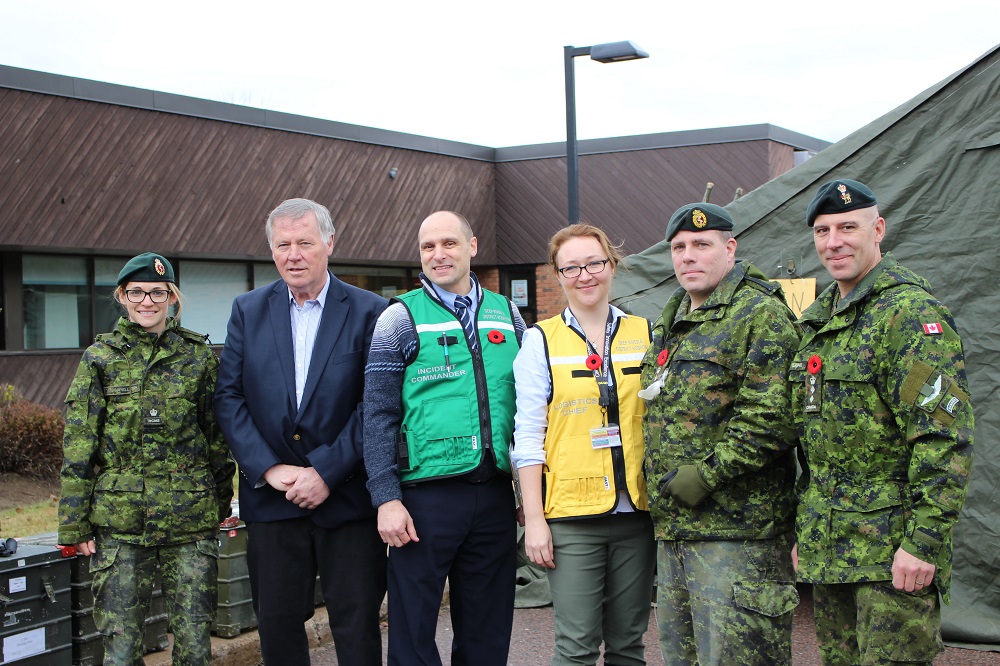 The Deep River and District Hospital and Garrison Petawawa’s 2 Field Ambulance staged a collaborative disaster response exercise on November 7 and 8. Pictured here during the exercise, from left to right, is Major Carly Montpellier, DRDH Board Vice-Chair Dick Rabishaw, DRDH CEO Richard Bedard, DRDH CNE Janna Hotson, LCol Steven Pirie, and Col Louis Lapointe.
2 Field Ambulance, a Canadian Armed Forces unit based out of Garrison Petawawa, collaborated with the Deep River and District Hospital to conduct a disaster response exercise on November 7 and 8, 2018. This exercise was aimed at fostering military and civil cooperation and preparedness. For the Hospital, this exercise was also a learning opportunity to practice surge capacity, establish an emergency operations center (EOC), and practice working with external agencies.
The exercise began in the early hours of November 7, when news was received that a passenger aircraft was having mechanical difficulties and would likely have to make an emergency landing at the AH Smith Memorial Airport just outside of town. Members of 2 Field Ambulance quickly erected two field care delivery units in the hospital parking lot, one to assist with triage, and a second to act as a medical/urgent care ward. The two organizations had to act quickly to determine how many patients could be accepted into the Hospital’s Emergency Department, which was continuing business as usual with real patients, and which would be seen in the military tents. Things escalated quickly following the plane’s emergency landing, and military ambulances began delivering patients with a wide variety of simulated injuries and conditions by mid-morning.
One of the patients brought into the Emergency Department was outfitted in a surgical cut suit, which enabled the hospital clinical staff and one lucky medical student to practice performing a cricothyroidotomy, and inserting chest tubes on a life-like patient. Throughout the day, between the hospital’s Emergency Department and the field care delivery units, care was provided to twenty critical, ten semi-critical and ten stable patients. In addition, a number of casualties had theoretically succumb to their injuries at the site of the emergency landing. Patients treated in the hospital’s Emergency Department, with the support of the laboratory and diagnostic imaging, were able to be stabilized and prepared for transport to other facilities where they would receive further care in a real-life scenario. The field care delivery units in the parking lot continued to provide care to a number of patients overnight and into the next day.
LCol Steven Pirie, Commanding Officer of 2 Field Ambulance, indicated that in his 25 years of experience, he has never seen a military unit and civilian hospital partner for a joint exercise. Although this exercise was unique, it was very fitting for the two organizations considering 2 Field Ambulance is responsible for providing support in the event of major air disasters across Canada.
The exercise, as intended, came with lessons learned for both organizations. Overall, things went smoothly and the exercise was considered extremely beneficial. Richard Bedard, President and CEO shared that, “the commitment from our staff, physicians, the military and everyone else who was involved enabled us to conduct a successful exercise that tested our ability to respond in the event of a large scale event with mass casualties. We would like to thank all those involved for making this a tremendous success”.
The organization would like to extend a sincere thank you to our partners at Garrison Petawawa for presenting us with such a unique learning opportunity. We look forward to fostering our relationship further and pursuing additional partnership opportunities moving forward. 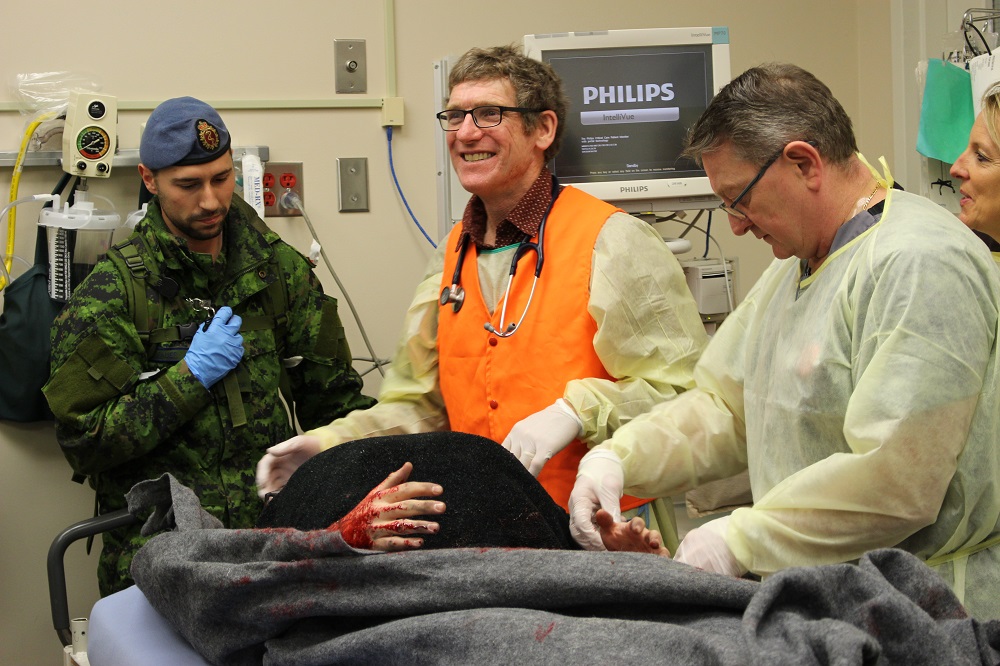
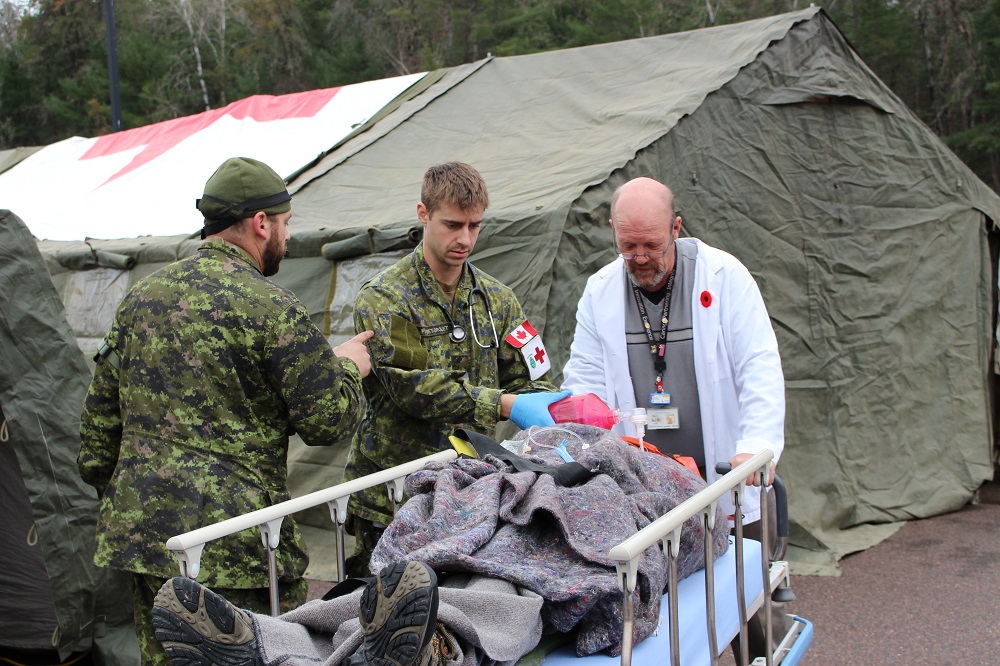
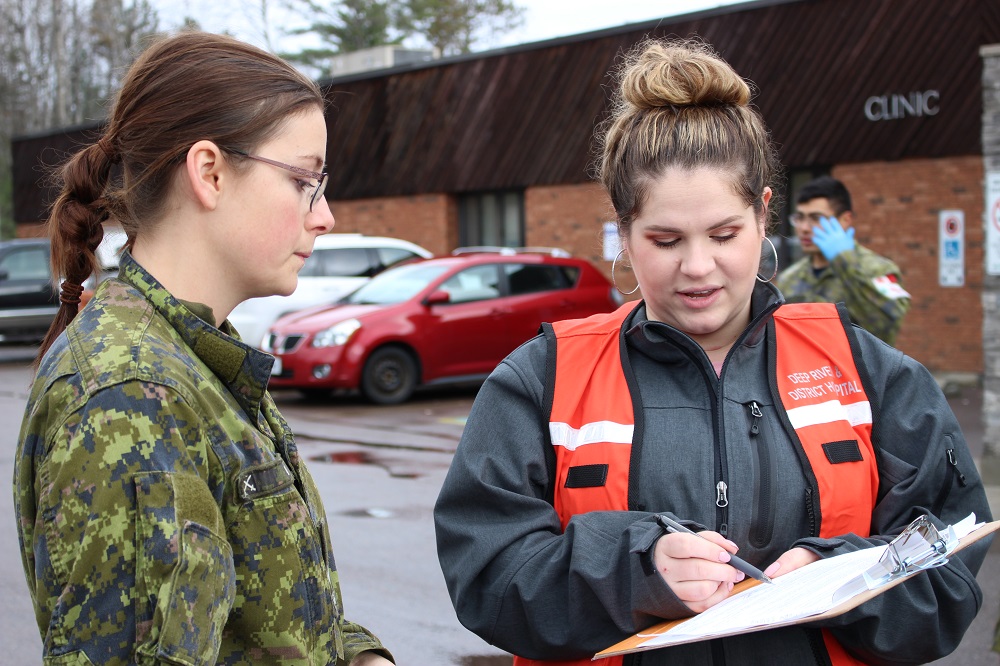
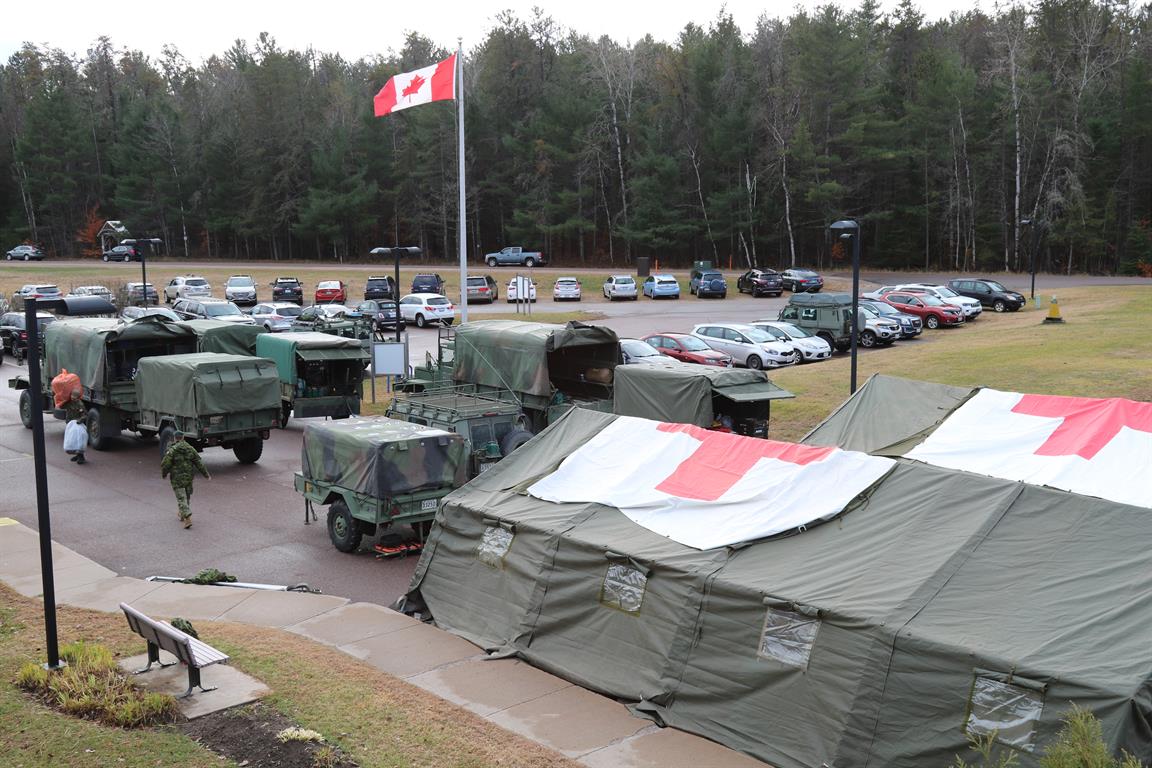
|